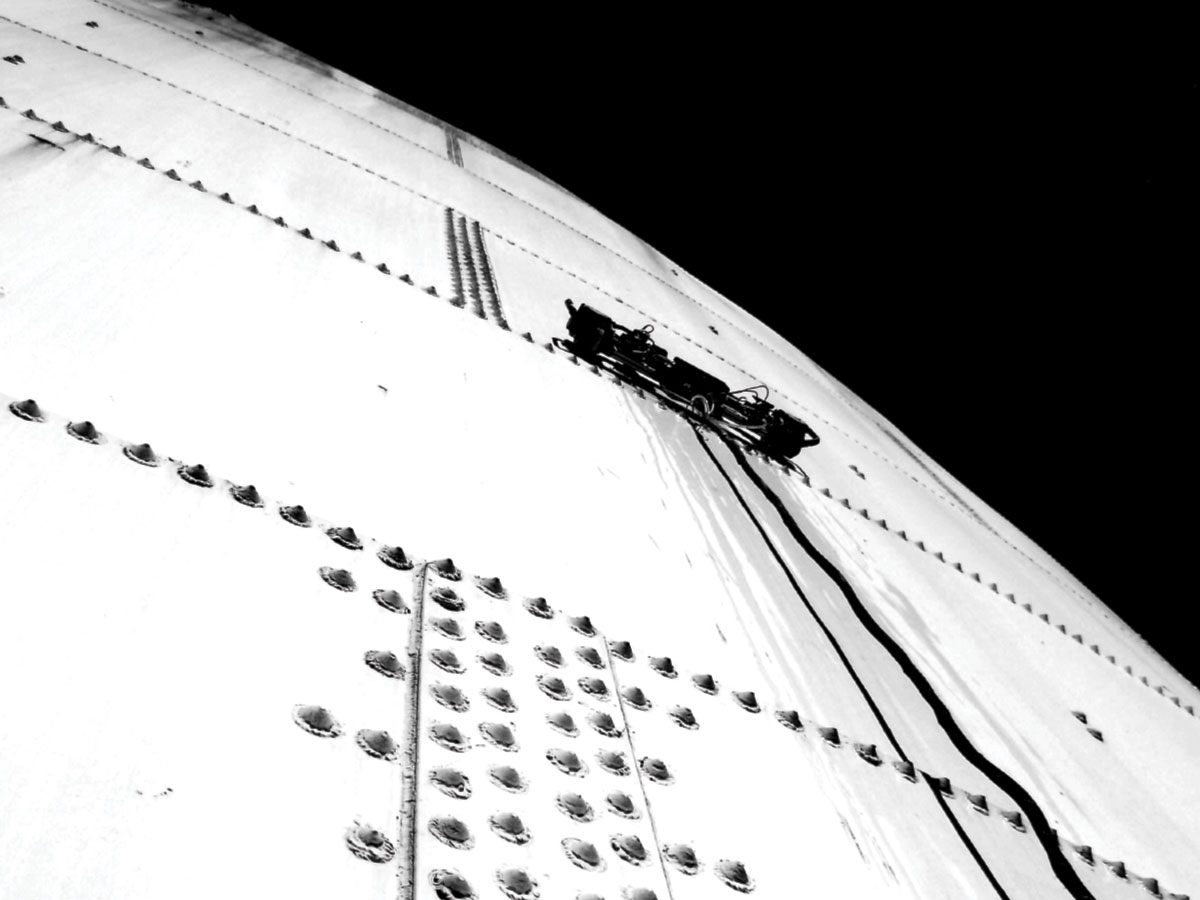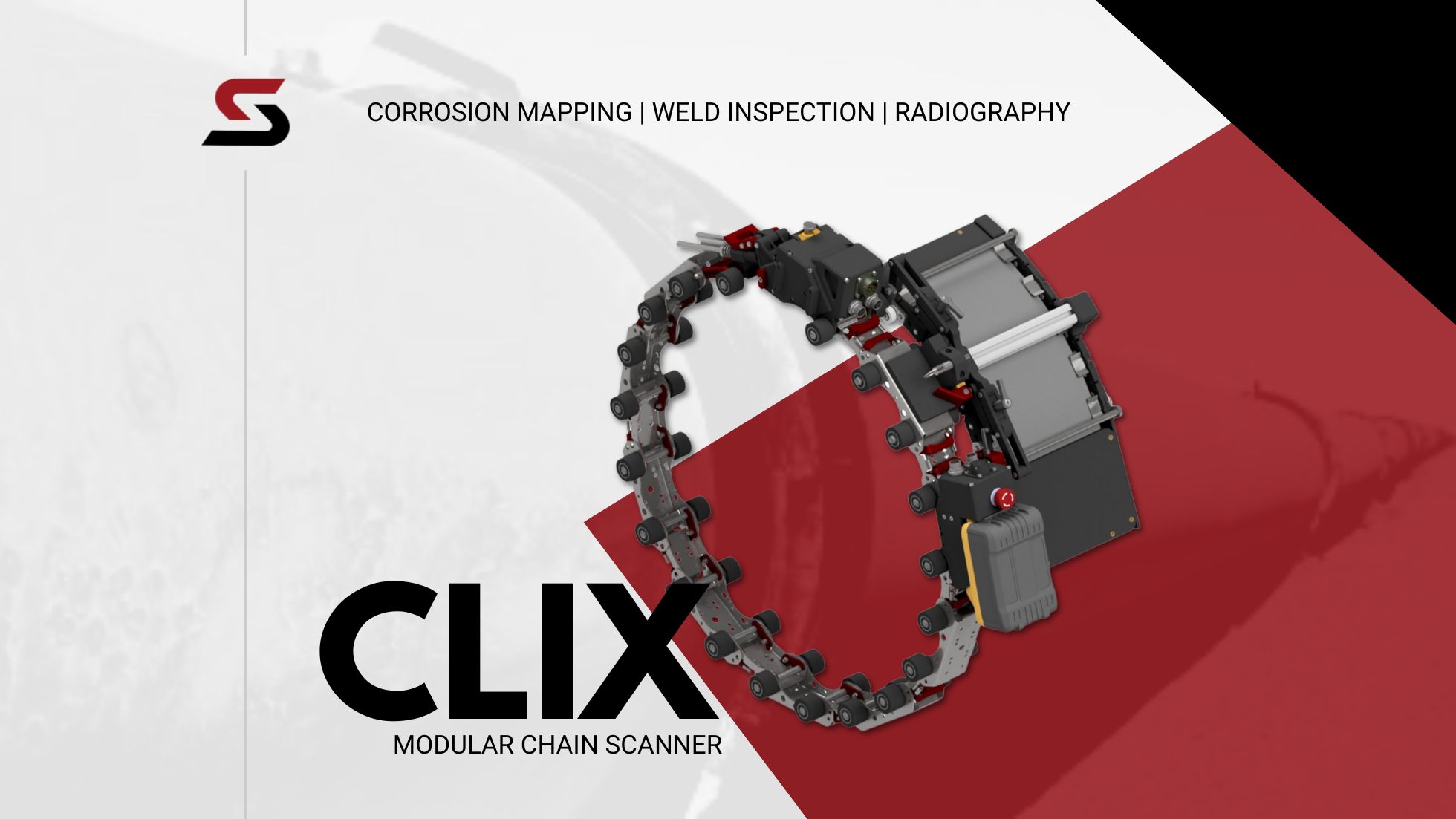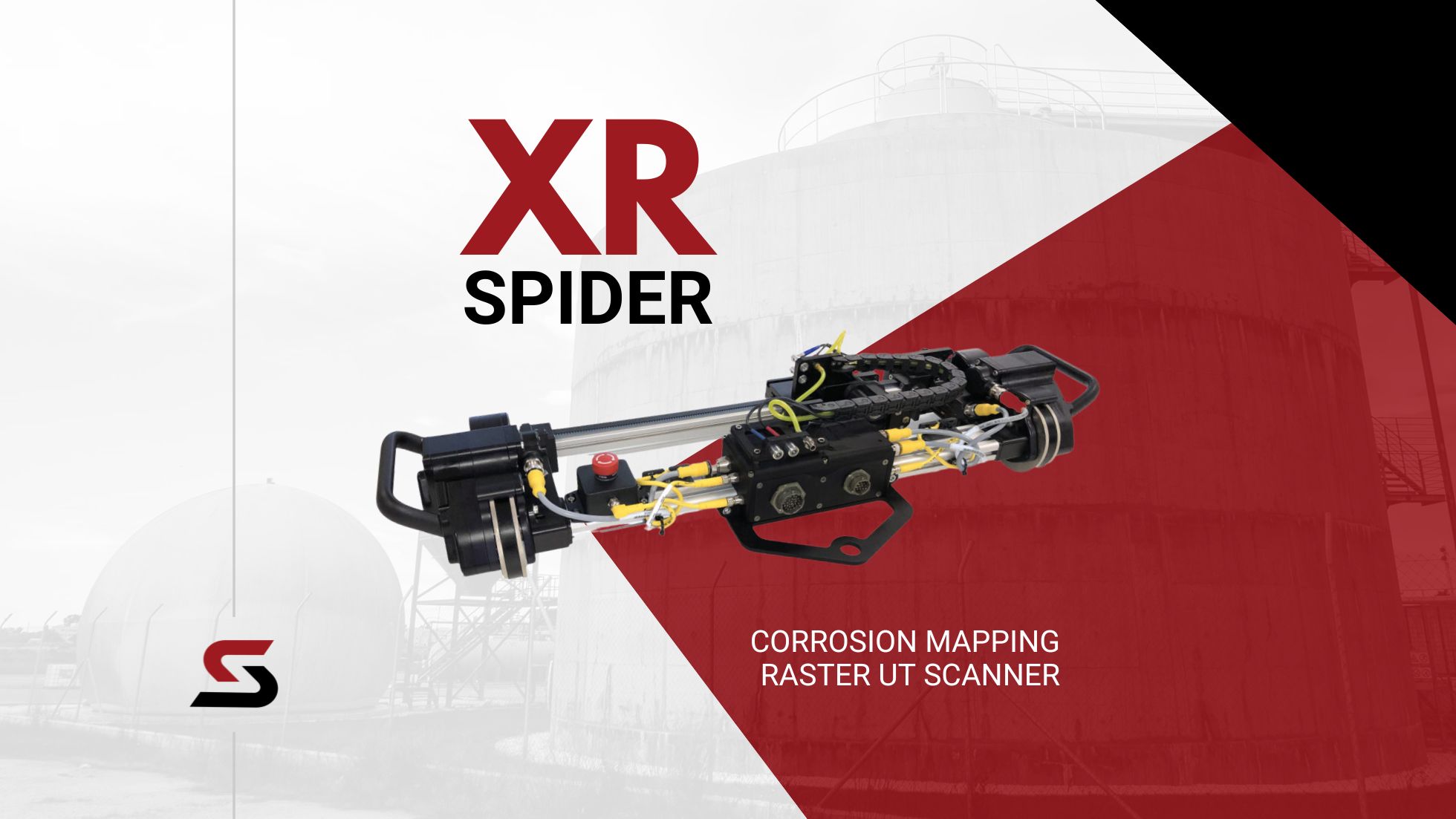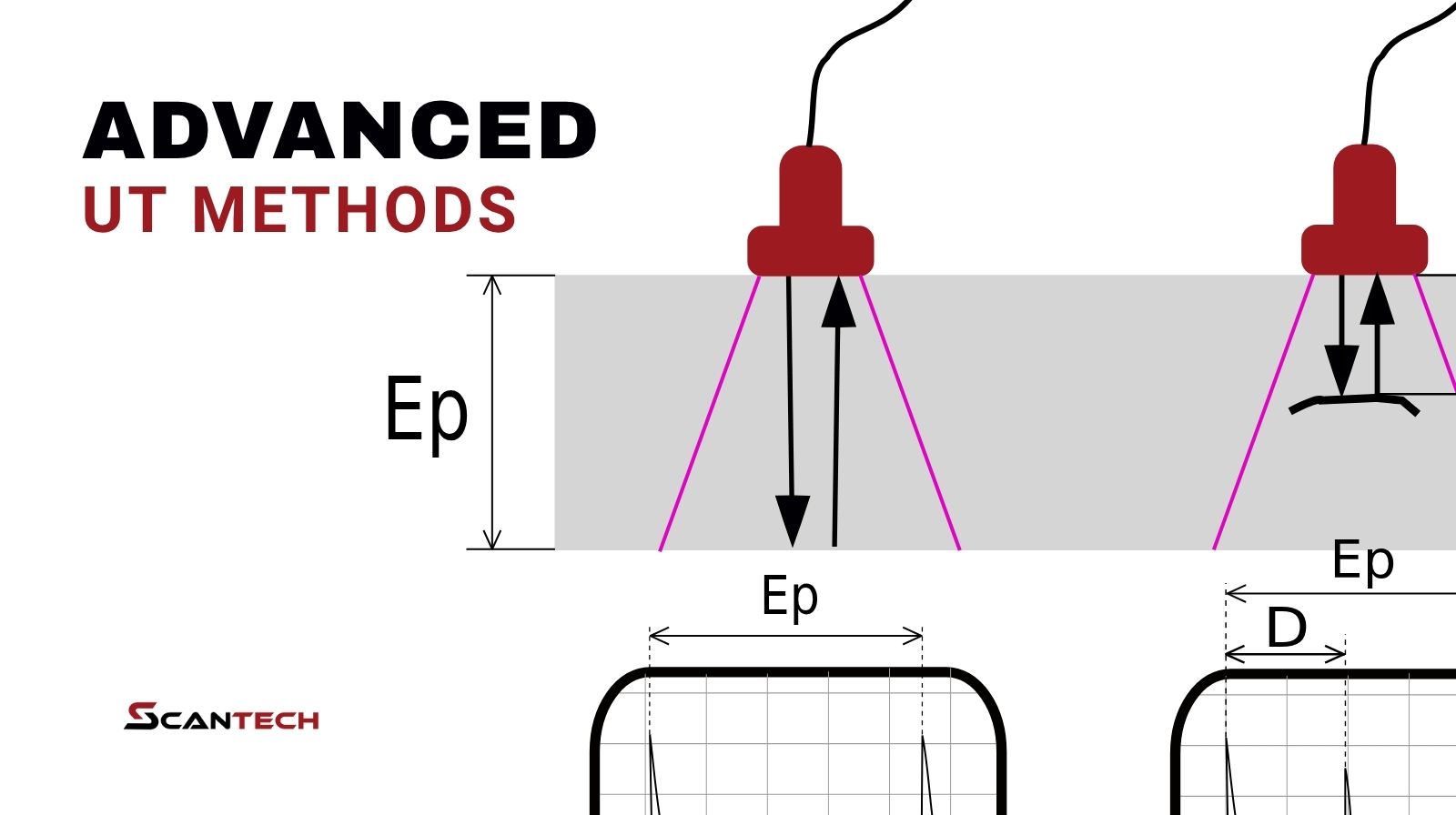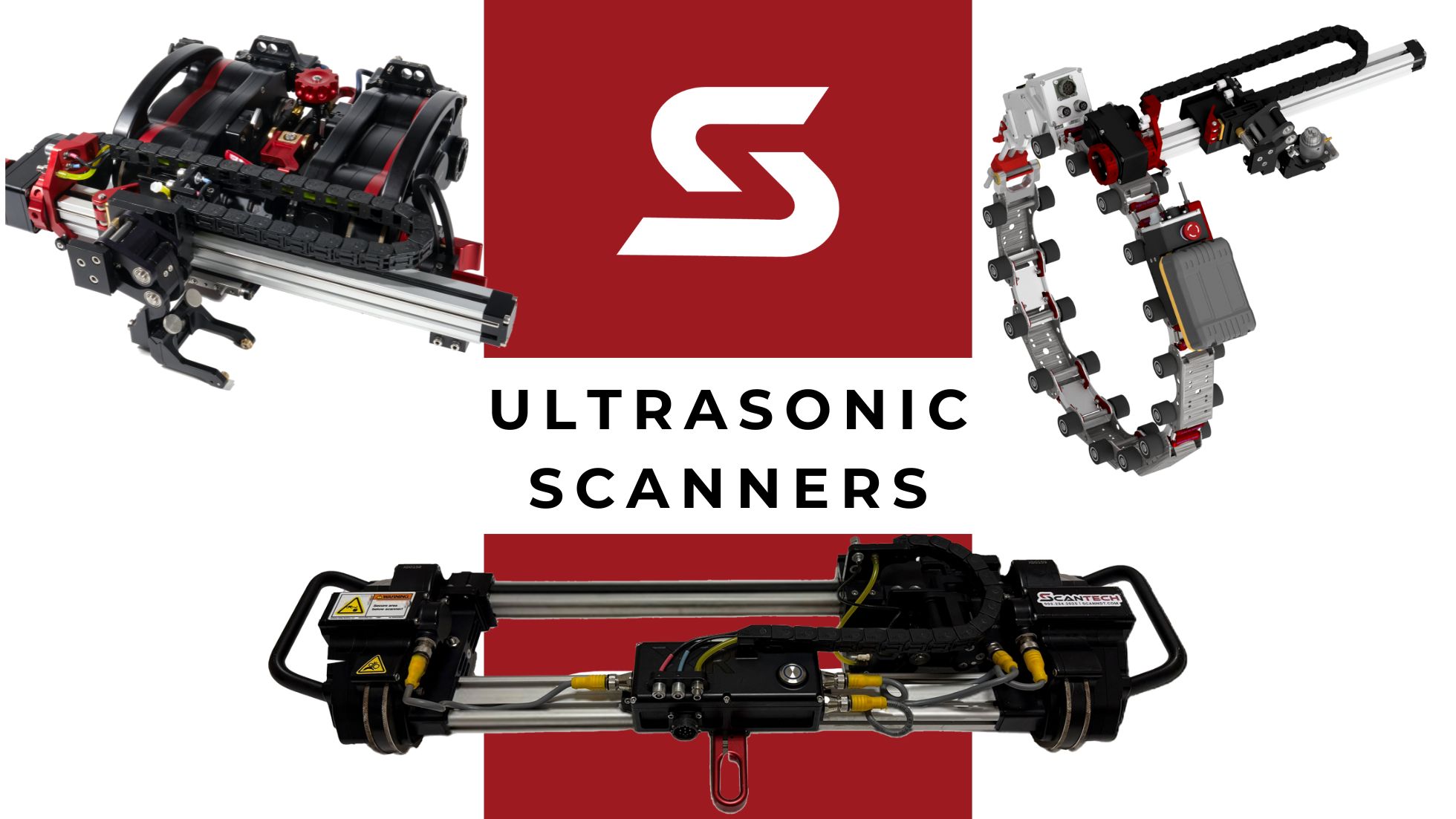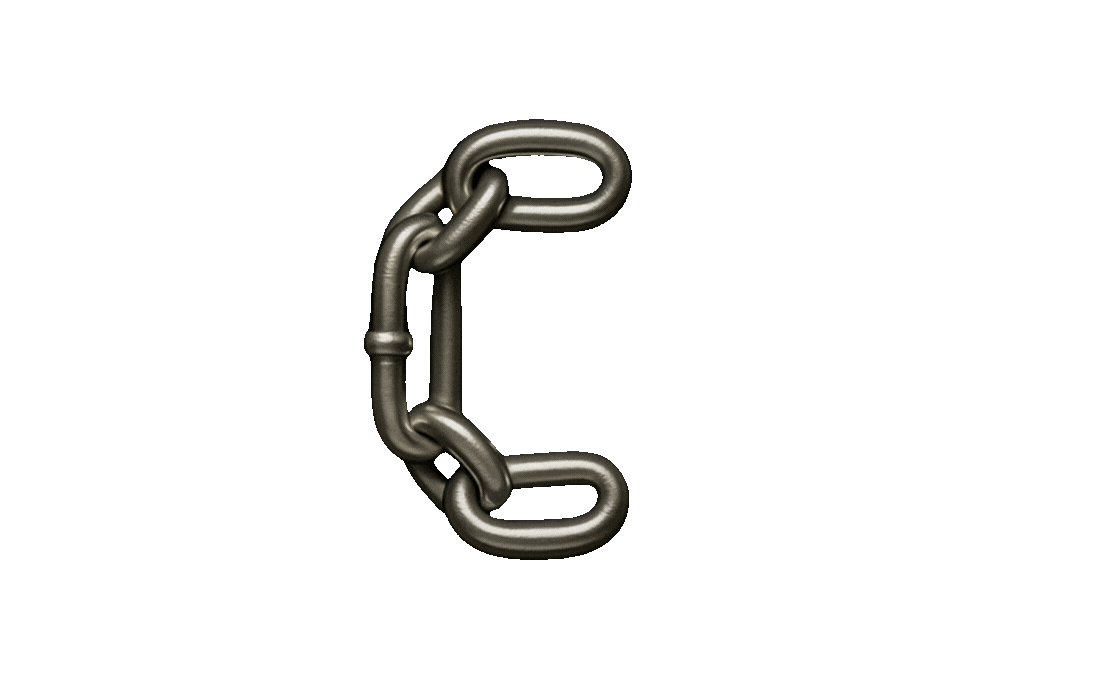Table of Contents
The Importance of Spring Tension in Robotic UT Crawlers
When performing ultrasonic testing (UT) with robotic crawlers, data accuracy hinges on several critical factors—one of the most important being spring tension. At ScanTech, we design our probe holders to optimize spring tension, ensuring precise contact force, consistent probe angle, and reliable signal quality.
But why does spring tension matter so much in robotic UT crawlers? Let’s dive into how it impacts ultrasonic data quality and why choosing the right spring mechanism makes all the difference.
How Spring Tension Affects Ultrasonic Testing Results
In ultrasonic testing, spring tension influences several key aspects that are crucial for high-quality data:
-
Signal Integrity: Consistent contact pressure is essential to maintain a steady ultrasonic signal. Variations in pressure can change the signal’s amplitude, which leads to inaccuracies in thickness measurements. This is especially critical on curved or uneven surfaces, where it’s harder to keep steady contact.
-
Angle of Incidence: The angle at which the probe contacts the surface affects the accuracy of the signal. Too much or too little pressure can shift this angle, resulting in distorted data. An effective robotic UT crawler must adjust smoothly across different surface types without compromising this angle.
-
Minimized Wear and Power Demand: Excessive pressure increases wear on the probe and holder while also demanding more power from the robotic crawler. This can lead to motor stalling, overheating, and higher maintenance costs.
In short, effective spring tension is essential for achieving high-quality UT scans. It ensures consistent data without risking damage to the crawler or probe.
How Contact Pressure and Probe Angle Affect Ultrasonic Data
If you’ve ever performed manual ultrasonic measurements, you understand how sensitive signal quality is to contact pressure and probe angle:
- Signal Variability: Fluctuations in contact pressure can lead to changes in signal amplitude, introducing noise and making thickness readings less reliable.
- Lift-Off Error: Any gap between the probe and the surface (known as lift-off) can cause significant measurement errors. A well-tensioned spring helps keep the probe in contact, even over rough areas like welds, reducing lift-off risk.
At ScanTech, we’ve spent years perfecting our spring mechanisms to control these variables, delivering the most accurate UT data possible.
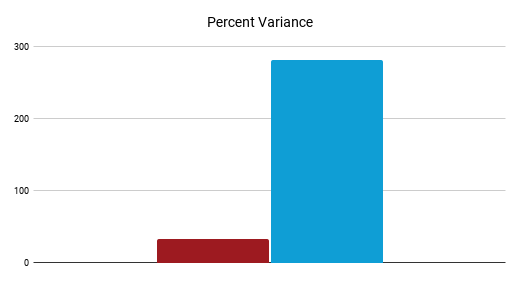
The Role of Springs in Robotic UT Crawlers
Springs are the core component that maintains the probe’s contact pressure while allowing vertical compliance. This compliance enables the probe to adapt to surface irregularities, like curves and welds. However, springs have inherent limitations due to Hooke’s Law, which states that a spring’s force is linearly proportional to its displacement.
Challenges with Standard Springs:
- Inconsistent Tension: Springs naturally vary in tension, but for ultrasonic testing, consistent force over a wide range would be ideal. Standard springs often can’t provide this.
- Elastic Limits: Every spring has an elastic limit; if exceeded, it loses its ability to return to its original shape, which compromises its performance.
- Preloading: Manufacturers often preload springs to get away from the very low range where springs lack sufficient tension. While preloading improves performance at low tension, it still doesn’t achieve a flat force curve across the full range.
At ScanTech, we use mechanical solutions to “flatten” the force curve of the spring within its elastic limits. This ensures consistent pressure without sacrificing durability or effectiveness.
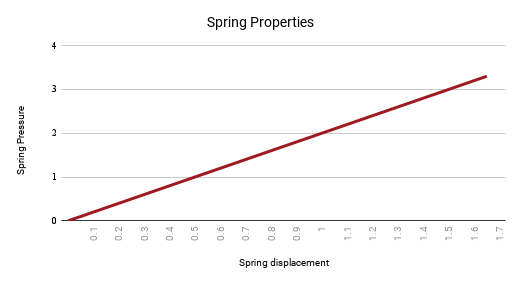
ScanTech’s Advanced Solutions for Enhanced Compliance
Recognizing the limitations of standard springs, ScanTech has developed specialized mechanisms to stabilize contact pressure across the probe’s full range of motion. Here’s how our spring designs set us apart:
- Mechanical Compensation: Our probe guide mechanisms adjust spring pressure dynamically, ensuring consistent contact force even on challenging surfaces with uneven geometry.
- Extended Compliance Range: Our designs allow a broader compliance range, so the probe can adapt over larger surface variations without compromising accuracy.
These innovations result in more reliable UT data, reduced equipment wear, and improved overall performance of robotic UT crawlers.
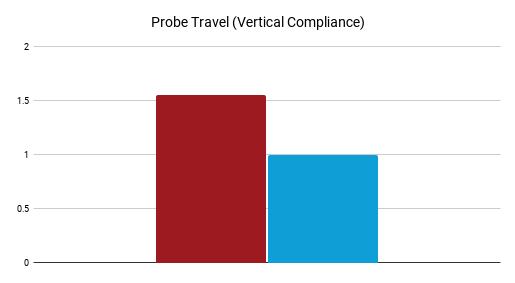
Proven Results with ScanTech’s Proprietary Spring Mechanisms
We conducted extensive tests comparing the performance of our XR probe mechanism with a leading competitor.
The results speak for themselves:
- Reduced Pressure Variance: Our mechanisms showed significantly lower variance in contact pressure, meaning a more stable signal and fewer data errors.
- Enhanced Durability: By designing within the elastic limits of our spring materials, we reduce wear, ensuring long-term performance.
These advancements in spring tension technology provide a tangible improvement in data reliability, even on challenging surfaces.
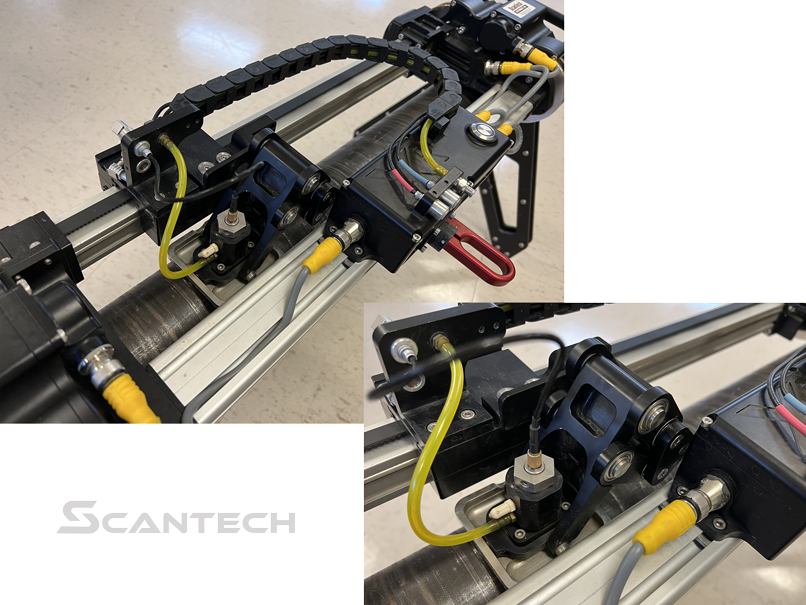
Don’t Compromise on Data Quality—Choose Precision
In ultrasonic testing, every variable matters. Spring tension might seem like a minor detail, but it’s essential for obtaining accurate, dependable results. At ScanTech, we’ve dedicated years to optimizing our mechanisms to deliver the highest standard in UT data accuracy. With our advanced spring tension solutions, you can ensure that your robotic UT crawlers perform reliably, even on the most challenging surfaces.
Ready to improve your UT data quality? Don’t settle for anything less than precision—choose ScanTech for your next project.

